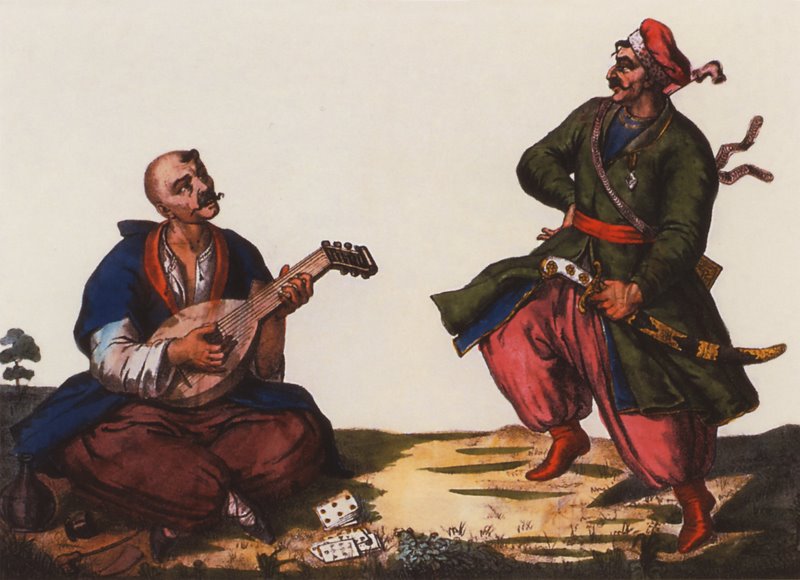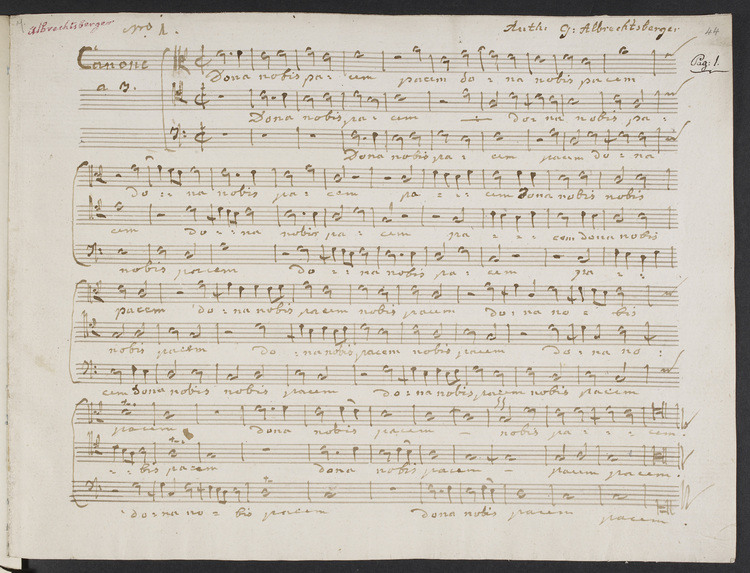|
Mandora
File:Mandora MET DP168838.jpg, 6~9 courses lute (Calchedon, Calichon) (1726)Georg Kinsky: Musikhistorisches Museum von Wilhelm Heyer in Cöln, Bd. 2, Köln 1912, S. 98. File:Gallichon, Muzeum Instrumentów Muzycznych w Pradze.jpg, Gallichon The mandora or gallichon is a type of 18th- and early 19th-century lute, with six to nine courses of strings. The terms were interchangeable, with ''mandora'' more commonly used from the mid-18th century onwards. History ''Mandora'' or ''gallichon'' generally refers to a bass lute from the 1700s, with a vibrating string length of 72 centimeters or greater, used in Germany and Bohemia. It could be either single- or double-strung. James Tyler pointed out in his book ''The Early Mandolin'' that the word mandora was rarely encountered before the 18th century. Then, it referred to a large bass lute. The gallichone, as it was better known, was a type of 6 or 8-course bass lute (possibly a descendant of the guiterne and/or chitarra italiana) us ... [...More Info...] [...Related Items...] OR: [Wikipedia] [Google] [Baidu] |
Gittern
The gittern was a relatively small gut-strung, round-backed instrument that first appears in literature and pictorial representation during the 13th century in Western Europe (Iberian Peninsula, Italy, France, England). It is usually depicted played with a quill plectrum, as can be seen clearly beginning in manuscript illuminations from the thirteenth century. It was also called the in Spain, or in France, the in Italy and in Germany. A popular instrument with court musicians, minstrels, and amateurs, the gittern is considered an ancestor of the modern guitar and other instruments like the mandore, bandurria and gallichon. From the early 16th century, a -shaped (flat-backed) began to appear in Spain, and later in France, existing alongside the gittern. Although the round-backed instrument appears to have lost ground to the new form which gradually developed into the guitar familiar today, the influence of the earlier style continued. Examples of lutes converted into guitars ... [...More Info...] [...Related Items...] OR: [Wikipedia] [Google] [Baidu] |
Lute
A lute ( or ) is any plucked string instrument with a neck and a deep round back enclosing a hollow cavity, usually with a sound hole or opening in the body. It may be either fretted or unfretted. More specifically, the term "lute" can refer to an instrument from the family of European lutes. The term also refers generally to any string instrument having the strings running in a plane parallel to the sound table (in the Hornbostel–Sachs system). The strings are attached to pegs or posts at the end of the neck, which have some type of turning mechanism to enable the player to tighten the tension on the string or loosen the tension before playing (which respectively raise or lower the pitch of a string), so that each string is tuned to a specific pitch (or note). The lute is plucked or strummed with one hand while the other hand "frets" (presses down) the strings on the neck's fingerboard. By pressing the strings on different places of the fingerboard, the player can sho ... [...More Info...] [...Related Items...] OR: [Wikipedia] [Google] [Baidu] |
Lutes
A lute ( or ) is any plucked string instrument with a neck and a deep round back enclosing a hollow cavity, usually with a sound hole or opening in the body. It may be either fretted or unfretted. More specifically, the term "lute" can refer to an instrument from the family of European lutes. The term also refers generally to any string instrument having the strings running in a plane parallel to the sound table (in the Hornbostel–Sachs system). The strings are attached to pegs or posts at the end of the neck, which have some type of turning mechanism to enable the player to tighten the tension on the string or loosen the tension before playing (which respectively raise or lower the pitch of a string), so that each string is tuned to a specific pitch (or note). The lute is plucked or strummed with one hand while the other hand "frets" (presses down) the strings on the neck's fingerboard. By pressing the strings on different places of the fingerboard, the player can short ... [...More Info...] [...Related Items...] OR: [Wikipedia] [Google] [Baidu] |
Kobza
The kobza ( uk , кобза), also called bandurka ( uk , бандурка) is a Ukrainian folk music instrument of the lute family ( Hornbostel-Sachs classification number 321.321-5+6), a relative of the Central European mandora. The term ''kobza'' however, has also been applied to a number of other Eastern European instruments distinct from the Ukrainian kobza. Construction The Ukrainian kobza was a traditionally gut-strung, lute-like stringed musical instrument with a body hewn from a single block of wood. Instruments with a staved assembly also exist. The kobza has a medium-length neck which may or may not have tied-on frets, which were usually made of gut. It was single-strung (sometimes also double-strung) and the strings were played with fingertips or occasionally with a plectrum threaded through a ring placed on the middle finger. History The term kobza is of Turkic origin and is related to the terms kobyz and komuz, thought to have been introduced into the Ukrainian la ... [...More Info...] [...Related Items...] OR: [Wikipedia] [Google] [Baidu] |
James Tyler (music)
James Tyler (August 3, 1940 – November 23, 2010) was a 20th-century American lutenist, banjoist, guitarist, composer, musicologist and author, who helped pioneer an early music revival with more than 60 recordings.James Tyler obituary (, 2 Dec 2010).Lutenist, James Tyler ( - 4 Dec 2010). < ... [...More Info...] [...Related Items...] OR: [Wikipedia] [Google] [Baidu] |
Lutes
A lute ( or ) is any plucked string instrument with a neck and a deep round back enclosing a hollow cavity, usually with a sound hole or opening in the body. It may be either fretted or unfretted. More specifically, the term "lute" can refer to an instrument from the family of European lutes. The term also refers generally to any string instrument having the strings running in a plane parallel to the sound table (in the Hornbostel–Sachs system). The strings are attached to pegs or posts at the end of the neck, which have some type of turning mechanism to enable the player to tighten the tension on the string or loosen the tension before playing (which respectively raise or lower the pitch of a string), so that each string is tuned to a specific pitch (or note). The lute is plucked or strummed with one hand while the other hand "frets" (presses down) the strings on the neck's fingerboard. By pressing the strings on different places of the fingerboard, the player can short ... [...More Info...] [...Related Items...] OR: [Wikipedia] [Google] [Baidu] |
Germany
Germany,, officially the Federal Republic of Germany, is a country in Central Europe. It is the second most populous country in Europe after Russia, and the most populous member state of the European Union. Germany is situated between the Baltic and North seas to the north, and the Alps to the south; it covers an area of , with a population of almost 84 million within its 16 constituent states. Germany borders Denmark to the north, Poland and the Czech Republic to the east, Austria and Switzerland to the south, and France, Luxembourg, Belgium, and the Netherlands to the west. The nation's capital and most populous city is Berlin and its financial centre is Frankfurt; the largest urban area is the Ruhr. Various Germanic tribes have inhabited the northern parts of modern Germany since classical antiquity. A region named Germania was documented before AD 100. In 962, the Kingdom of Germany formed the bulk of the Holy Roman Empire. During the 16th ce ... [...More Info...] [...Related Items...] OR: [Wikipedia] [Google] [Baidu] |
Lute Guitar
A lute guitar or German lute (german: Gitarrenlaute, Deutsche Laute or Wandervogellaute, less commonly a ''lutar'' (modern Turkish), ''gui-lute'' or ''gittar'') is a stringed musical instrument, common in Germany from around 1850. The instrument has a regular six-stringed guitar setup on a lute bowl, however there are many theorboed variants with up to 11 strings. (see de:''Deutsche Basslaute'') The instrument is associated with the Wandervogel countercultural movement in Germany in the first half of the 20th century. The name ''German lute'' is sometimes also used for the waldzither, for both gaining the status of a national instrument in the early 20th century. Design Headstock The headstock commonly ends in two styles, either a head (representing animals or humanoids) or a curve (into a flat finial, carved or undecorated). Less commonly, instead of gears, wooden pegs may be used to tune the strings. Lute guitar headstocks are thinner and more curved than their modern gu ... [...More Info...] [...Related Items...] OR: [Wikipedia] [Google] [Baidu] |
Ukraine
Ukraine ( uk, Україна, Ukraïna, ) is a country in Eastern Europe. It is the second-largest European country after Russia, which it borders to the east and northeast. Ukraine covers approximately . Prior to the ongoing Russian invasion, it was the eighth-most populous country in Europe, with a population of around 41 million people. It is also bordered by Belarus to the north; by Poland, Slovakia, and Hungary to the west; and by Romania and Moldova to the southwest; with a coastline along the Black Sea and the Sea of Azov to the south and southeast. Kyiv is the nation's capital and largest city. Ukraine's state language is Ukrainian; Russian is also widely spoken, especially in the east and south. During the Middle Ages, Ukraine was the site of early Slavic expansion and the area later became a key centre of East Slavic culture under the state of Kievan Rus', which emerged in the 9th century. The state eventually disintegrated into rival regional po ... [...More Info...] [...Related Items...] OR: [Wikipedia] [Google] [Baidu] |
Silvius Leopold Weiss
Sylvius Leopold Weiss (12 October 168716 October 1750) was a German composer and lutenist. Born in Grottkau near Breslau, the son of Johann Jacob Weiss, also a lutenist, he served at courts in Breslau, Rome, and Dresden, where he died. Until recently, he was thought to have been born in 1686, but recent evidence suggests that he was in fact born the following year. Weiss was one of the most important and most prolific composers of lute music in history and one of the best-known and most technically accomplished lutenists of his day. He was a teacher to Philip Hyacinth, 4th Prince Lobkowicz, and the prince's second wife Anna Wilhelmina Althan. In later life, Weiss became a friend of Wilhelm Friedemann Bach and met J.S. Bach through him. Bach and Weiss were said to have competed in improvisation, as the following account by Johann Friedrich Reichardt describes: "Anyone who knows how difficult it is to play harmonic modulations and good counterpoint on the lute will be surprised ... [...More Info...] [...Related Items...] OR: [Wikipedia] [Google] [Baidu] |
Johann Albrechtsberger
Johann Georg Albrechtsberger (3 February 1736 – 7 March 1809) was an Austrian composer, organist, and music theorist, and one of the teachers of Ludwig van Beethoven. He was a friend of Haydn and Mozart. Biography Albrechtsberger was born at Klosterneuburg, near Vienna. He originally studied music at Melk Abbey and philosophy at a Benedictine seminary in Vienna, and became one of the most learned and skilful contrapuntists of his age. Albrechtsberger's earliest classmates included Michael Haydn and Franz Joseph Aumann. After being employed as organist at Raab in 1755 and Maria Taferl in 1757, he was appointed Thurnermeister back at Melk Abbey. In 1772 he was appointed organist to the court of Vienna, and in 1792 Kapellmeister of St. Stephen's Cathedral. His fame as a theorist attracted to him in the Austrian capital a large number of pupils, some of whom afterwards became eminent musicians. Among these were Johann Nepomuk Hummel, Ignaz Moscheles, Josef Weigl, Ludwig-Wilhelm Te ... [...More Info...] [...Related Items...] OR: [Wikipedia] [Google] [Baidu] |





.jpg)


